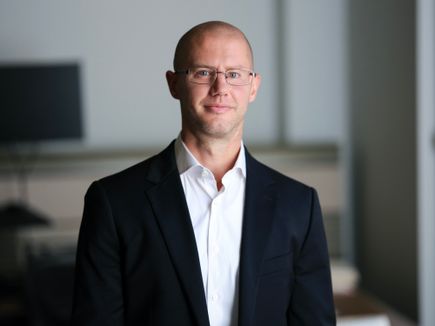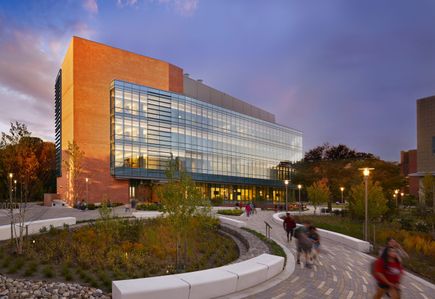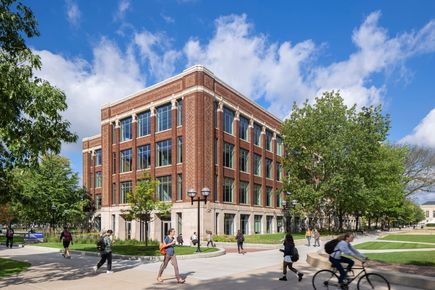Campus Decarbonization: Geoexchange Isn’t Always the Answer
Share

Transitioning an institutional campus away from fossil fuel infrastructure isn’t as easy as flipping a switch or digging a hole. At Ballinger, we understand that statements like “eliminate all steam” and “electrify with geoexchange” can be appealingly straightforward. While it’s tempting to look for a simple answer, it is crucial for decision-makers to recognize that the process of decarbonizing is more nuanced than it may initially appear. It is a complex, long-term endeavor that requires actionable, strategic planning with pragmatic, yet impactful, targets.
Traditionally, infrastructure planning was siloed from building design, primarily focusing on peak heating and cooling loads to inform equipment sizing requirements. The utility grid interaction was minimal, with little consideration given to the source energy. However, a paradigm shift is underway.
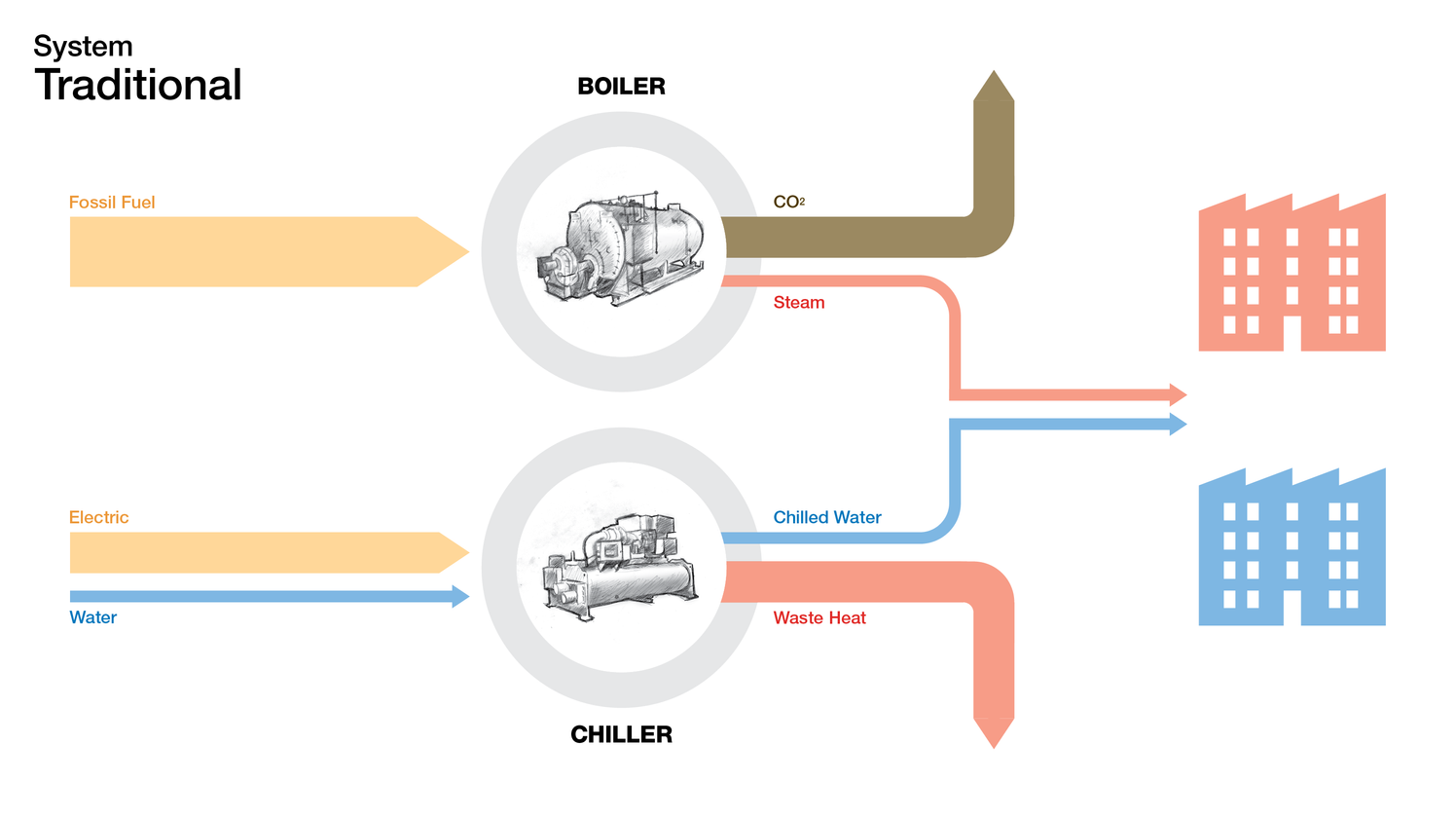
Our collaborations with leading academic and healthcare institutions in both urban and rural settings have illustrated that impactful decarbonization and energy reduction can be best achieved through a holistic, data-driven approach. Ballinger’s approach involves examining opportunities across three major carbon contributors: the buildings, the central plant, and the utilities.
Key components of Ballinger’s carbon reduction planning process include:
- Exploring alternatives to steam generated from fossil fuels
- Adapting existing infrastructure assets to meet evolving needs
- Transforming existing buildings to accommodate evolving services
- Assessing the impact of new construction and renovations on thermal energy balance
- Ensuring campus resilience in the face of climate change
- Evaluating the cost implications of decarbonizing energy infrastructure
- Understanding the potential effects of electrifying heating on campus and regional electrical infrastructure
- Investigating the viability of geothermal-based thermal energy on or near the campus
- Building consensus and garnering support for proposed paths toward carbon neutrality
The electric, heating, and cooling load profiles of campus buildings play a fundamental role in shaping the requirements for central plant and utilities. The pursuit of decarbonization prompts a reevaluation of conventional strategies and necessitates a deep understanding of the campus buildings. Ballinger’s strategic thinking addresses the pivotal task of shifting load profiles to facilitate enhanced decarbonization. Building features such as economizers, which take heat generated in the building in the wintertime and reject it to the outdoors without the use of energy plant chillers, were once thought of as “high performance.” Today, heat that was previously expelled outdoors now becomes a valuable resource that can be harnessed for heating buildings through the use of heat recovery chillers.
The transformative potential of reimagined approaches, exemplified by technologies like economizers, is crucial in achieving substantial progress towards electrification, even without the presence of geothermal solutions. A meticulous examination of these strategies, conducted utilizing hourly data, is essential, even at the conceptual planning stage, to ensure thoughtful and accurate analysis for optimal outcomes.
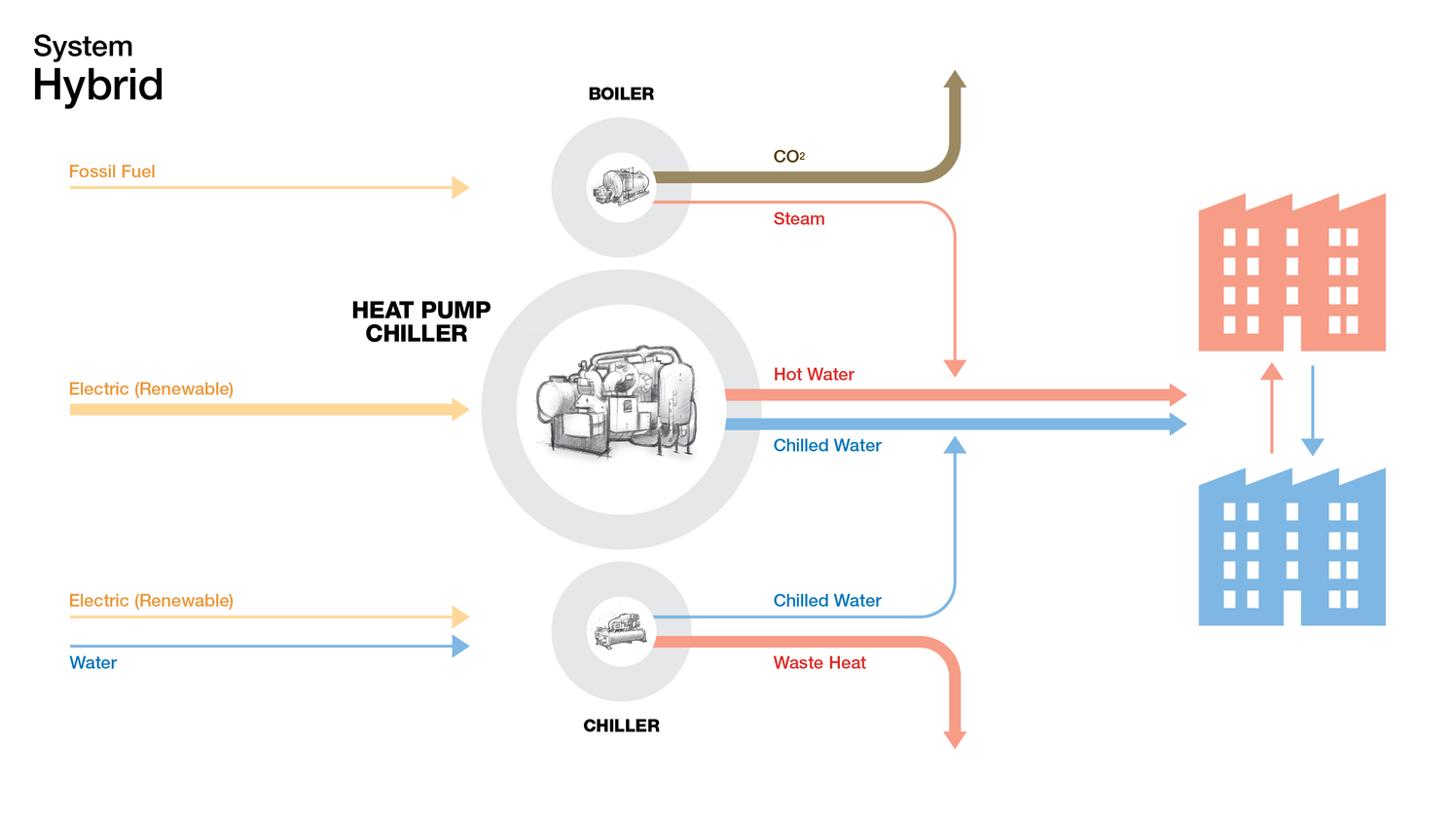
Making the switch to geothermal isn’t the answer for every campus. Ballinger’s progressively pragmatic engineers help colleges, universities, healthcare systems and corporations identify and execute the most appropriate way to decarbonize their campuses. Stay tuned for more installments of this series on campus decarbonization to learn about specific case-study applications of our methodology, why data analysis can be considered the new “green,” and when geothermal is the right answer for a campus.

